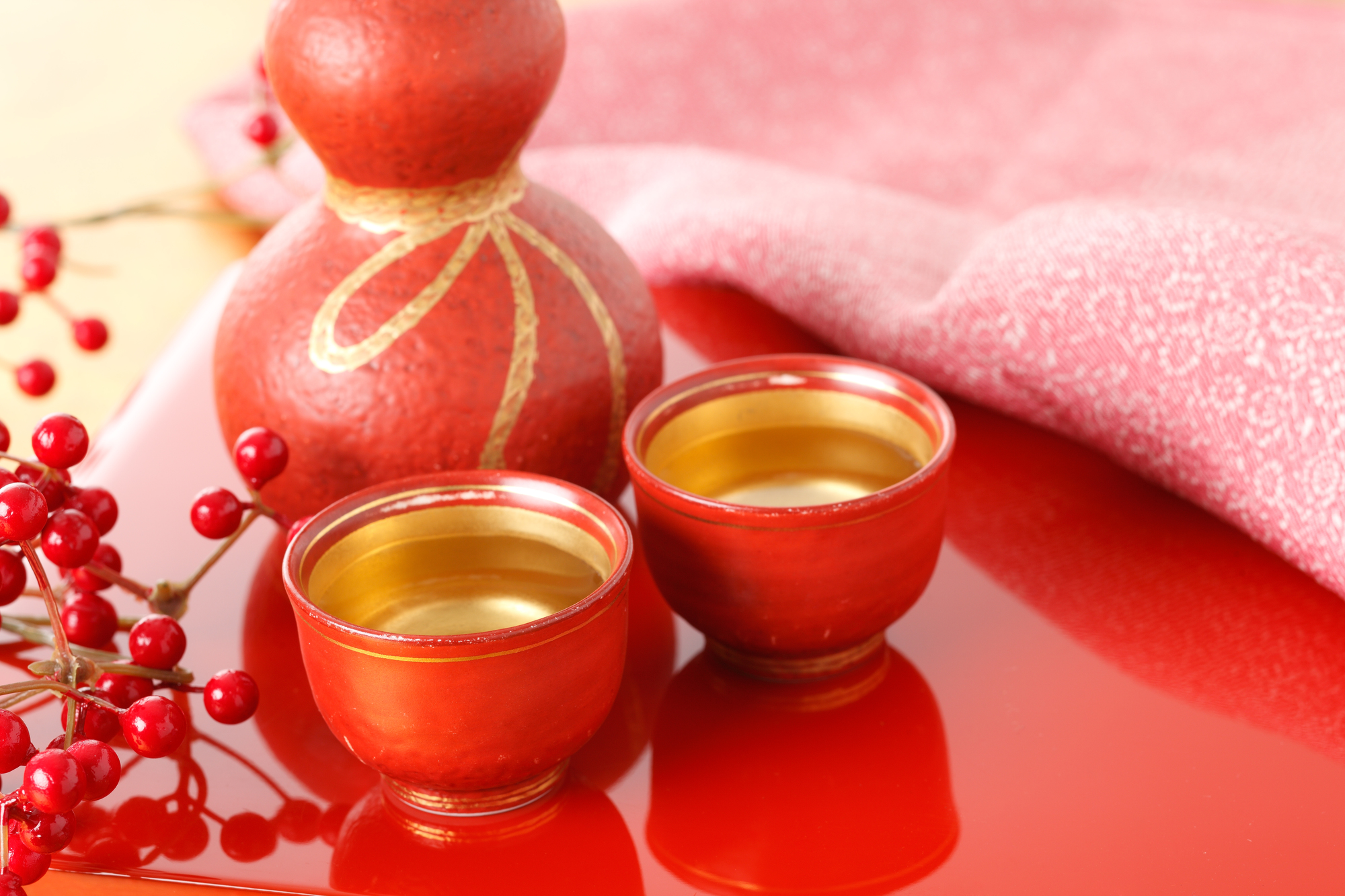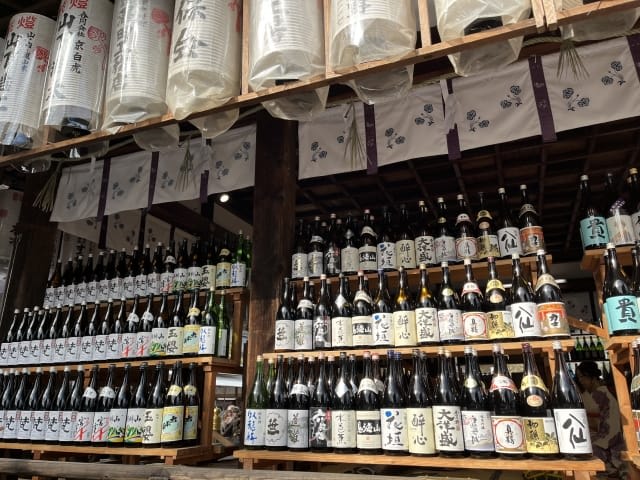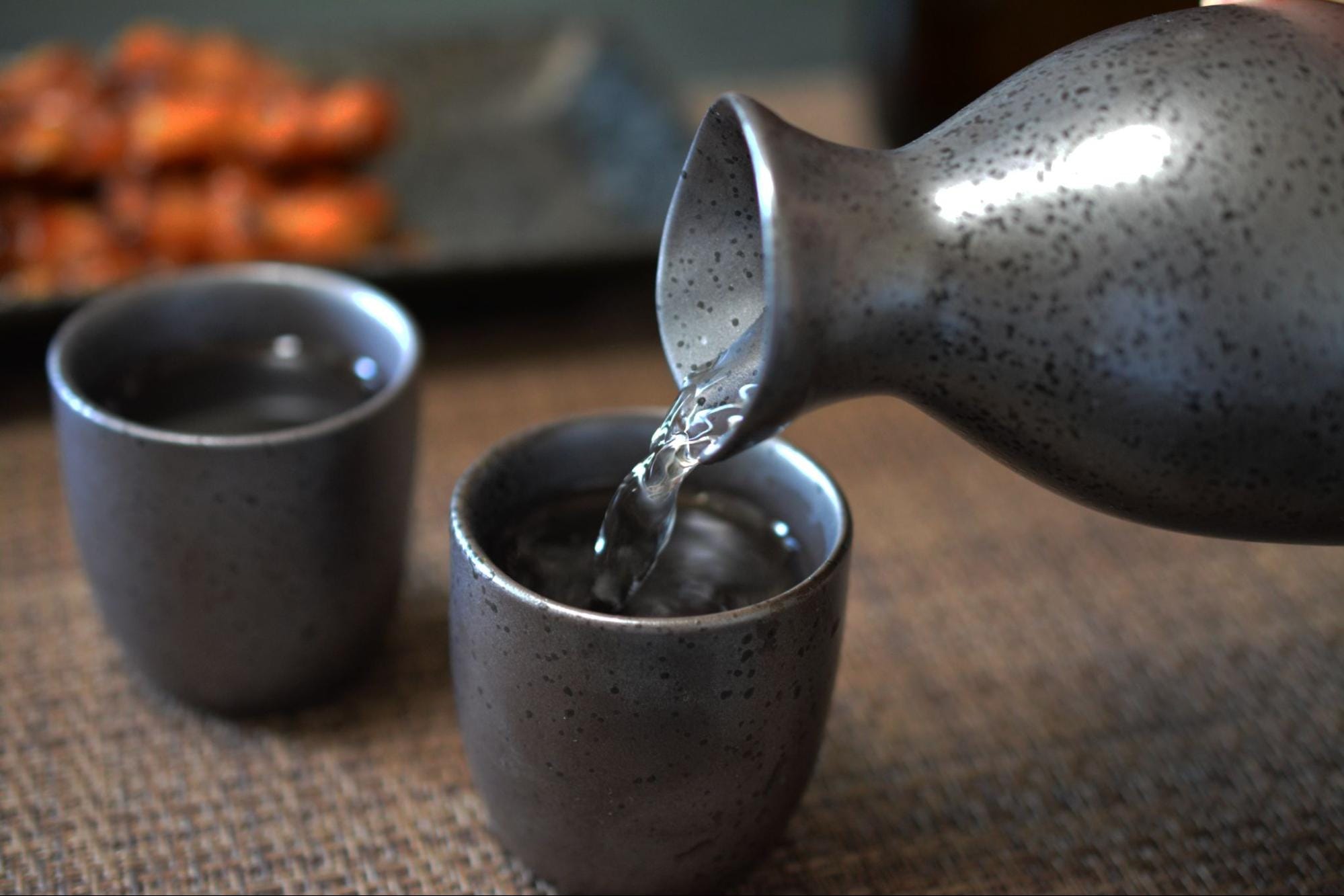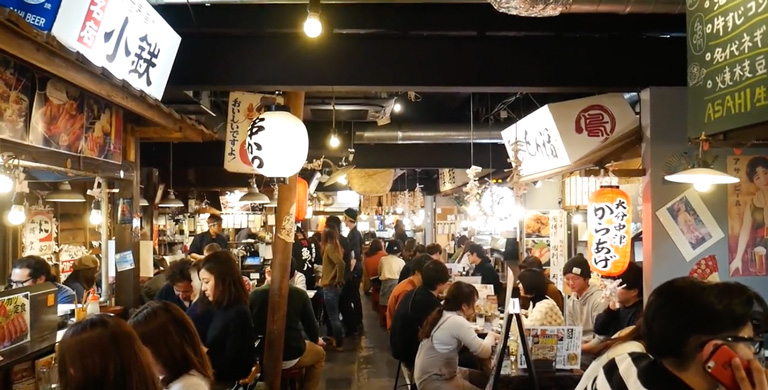Taste difference in Types of Japanese Sake, Dry and Sweet. And what is Premium Sake (w/Photos)
Know the different tastes and types of Japanese sake (Rice wine), and know what’s best for you. Why are Japanese sake called “Daiginjo” always highly graded? Learn it from this article based on interview with Mr. Azuma, the Sake Meister of Tokyo famous Japanese Sake bar “KURAND SAKE MARKET” before coming to Japan and enjoying Japanese Sake at good Sake bar! Then, we believe you can enjoy Sake more.
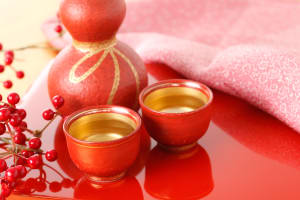
Types of Japanese Sake: Factors that Determine the Types and Characteristics
Japanese sake (Rice wine) can be largely divided into two types of manufacturing methods.
The first being how much rice to grind. For Japanese sake, the rank changes depending on how much of the rice has been grinded. This is due to the rice used in sake being different from typical edible rice. The sake rice is much bigger and the more towards the center you grind, the more flavor there is. In other words, the more outer rice you grind, the truer flavor of the rice gets integrated into the sake giving it good flavor.
For how much to grind, for example, 40% or more is called “Ginjo”, 50% or more is called “Daiginjo”. These two Ginjo and Daiginjo can be referred to as Japanese sake grades.
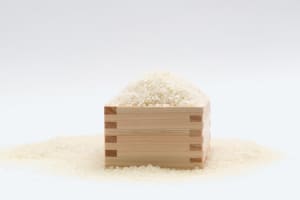
The second is whether the brewer adds alcohol. The added brewing alcohol is natural alcohol and is not used to increase the alcohol content. The purpose is to complement the flavor of the sake and there is also a limit to how much alcohol can be added. Sake that doesn’t have any brewing alcohol added is referred to as “Junmai” for competing in the sake business with only the flavor of water and rice.
Based on this, sake that doesn’t have brewing alcohol added and is grinded 50% or more is both “Junmai” and “Daiginjo”, in other words, “Junmai Daiginjo”.
The basic characteristics of the sake are as follows:
| Types of Japanese Sake | Characteristics |
| Junmai Sake | Rich and acidic flavor |
| Ginjo & Daiginjo Sake | Fruity floral scent with high flavor |
| Honjozo Sake (not Ginjo and Junmai) | Soft and weak scent. Can match any dish |

Even though we know the types of Japanese Sake and each characteristics but we can find the best sake without keeping them in mind. Many shops and clerks ask for sake preference based on the following criteria:
| Criteria | Characteristics |
| Type of Taste | Sweet・Middle・Dry |
| Taste Concentration | Deep・Light |
| Flavor / Scent | Strong・Weak |
Types of Japanese Sake: High Grade “Daiginjo” is Premium Japanese Sake
As mentioned earlier, the grade of sake varies based on how much the rice has been grinded.
“Daiginjo” grinds 50% or more of the rice meaning that more than half of the rice is not used to make the sake. This is a very generous way of using the rice, and is said to be the top of the sake brewing business. It can also be said that Japanese sake named “Daiginjo” and “Ginjo” can be proof that the sake is good quality.
Types of Japanese Sake: Are there “Vintage” in Japanese Sake?
When thinking of premium wine, vintage wine comes to mind so is there vintage sake?
There is a genre called “Aged Sake (Old Sake)”. In general, it refers to sake that has been aging for about 3 to 10 years. By aging the sake, the flavor becomes richer but in return there is more variance in flavor like and dislikes. Among some of these aged sake, there are some flavor rich high grade items similar to amber-colored whiskey. If you ever find it, please try it!
Where can you enjoy various type of Japanese Sake including Premium “Daiginjo” in Japan?
If you want to try various type of Japanese Sake during your trip to Japan, you need to visit the izakaya or Sake bar providing “All you can drink plan” with many types of Sake.
In Japan, many izakaya & bar actually provide “All you can drink plan”, local people call it as “Nomi Houdai”, but not so many can prepare many types of Sake.
Our recommend is “KURAND SAKE MARKET” in Tokyo. This one of the hottest Sake bar is preparing 100 kinds of Sake including “Daiginjo” and rare Sake by small breweries. And of course, this Sake bar is providing “All you can drink plan”. This bar is always full of local people but many travelers become visiting here and this bar welcome travelers.
[Find more about Kurand Sake Marcket](https://magical-trip.com/spot/tokyo-yokohama/all-you-can-drink-kurand-sake-market/43e9c79c-05a7-99b0-b973-b1287ca69a0c)